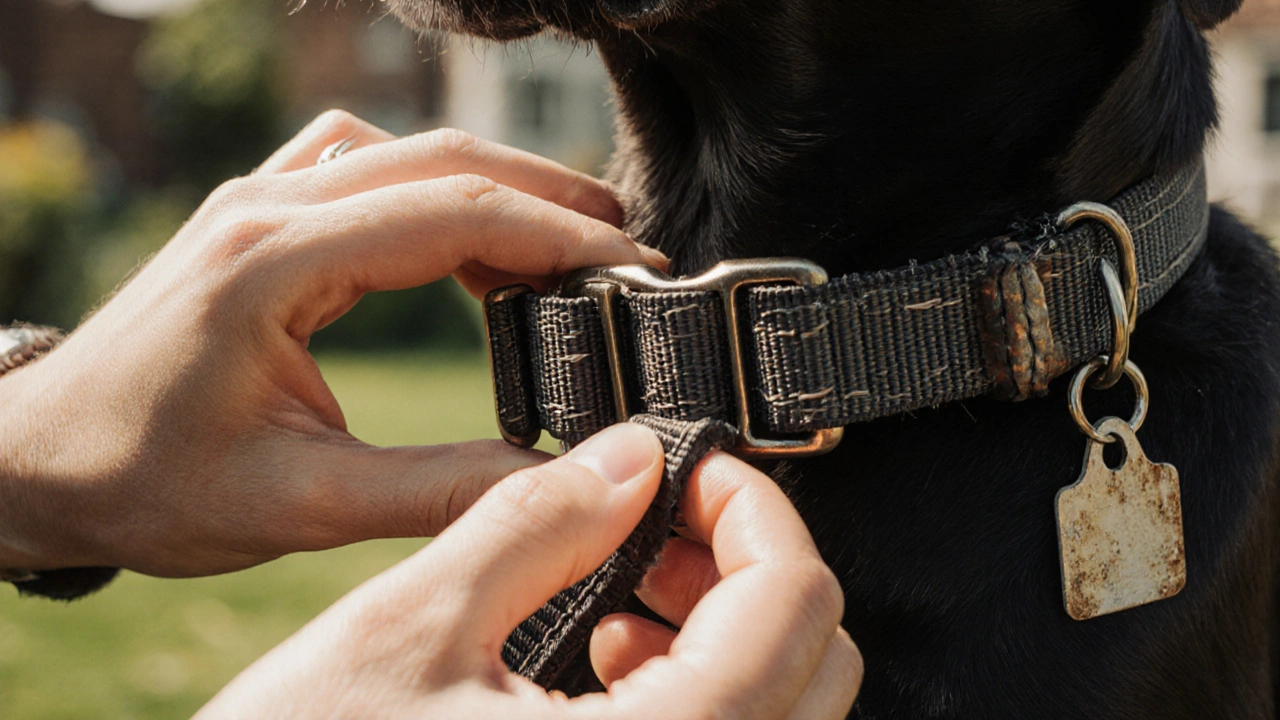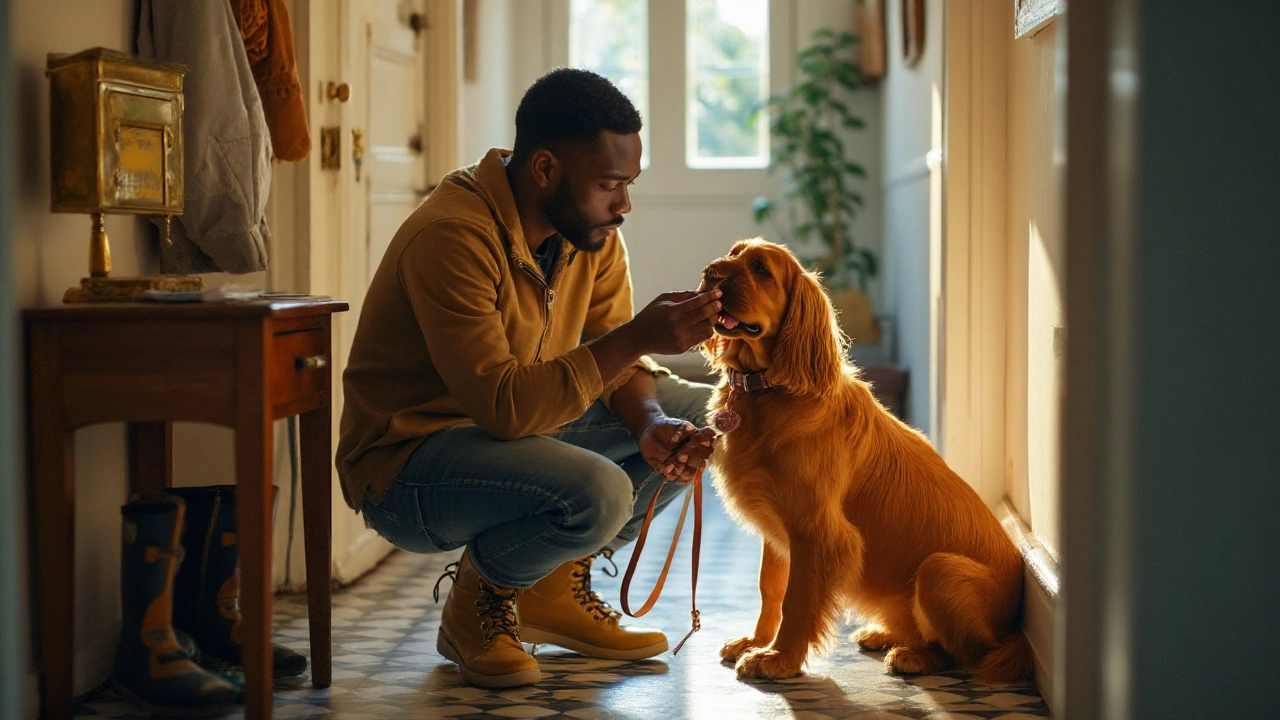Dog Collar Safety: Why It Matters and Quick Tips
Ever wondered if your dog’s collar could be hurting them? Most owners don’t think about it until something goes wrong. A collar that’s too tight, the wrong material, or improper use can cause burns, choking, or neck injuries. The good news? Simple changes can make every walk safer and more comfortable for your pup.
Choosing the Right Collar for Your Dog
First, match the collar to your dog’s size and activity level. Small breeds need lightweight, adjustable collars that won’t strain their delicate necks. Large, active dogs benefit from sturdy nylon or leather collars with a strong buckle. Avoid metal spikes or cheap plastic buckles that can break under pressure.
Measure your dog’s neck with a flexible tape – you should be able to slip two fingers between the collar and the skin. If the collar slides up and down a lot, it’s probably too loose; if it leaves red marks after a short walk, it’s too tight. Replace worn‑out straps or broken hardware promptly – even a small rust spot can irritate the skin.
If you use a training collar, choose one with a quick‑release mechanism and start on the lowest setting. Many owners think a louder shock works faster, but it can stress the dog and damage trust. A gentle vibration or vibration‑only collar often does the job without the risk.
Safe Practices While Using Collars
Never let your dog wear a collar all day without a break. Remove it at night or when the dog is resting at home – this gives their skin a chance to breathe and prevents chafing. If you need a constant identifier, a lightweight ID tag on a breakaway collar works well.
Check the collar before every walk. Look for frayed edges, loose buckles, or any signs of wear. A quick tug test can spot weak points: pull gently on the strap and make sure it holds firm. If you notice your dog constantly scratching at the collar, swap it for a softer material or add a padded liner.
When training with a harness, many owners wonder if they still need a collar. Using a harness for pulling reduces neck strain, but a thin, flat collar can still hold ID tags. Just make sure the collar isn’t the primary pulling point – that defeats the purpose of a harness.
Finally, keep an eye on seasonal changes. Summer heat can cause collars to melt or become sticky, while winter snow can freeze straps and make them hard to adjust. In those cases, switch to a breathable, water‑resistant option.
Dog collar safety isn’t rocket science – it’s about matching the right gear, checking it regularly, and giving your pup a break. Follow these tips and your walks will stay happy, healthy, and hassle‑free.
- Morgan Ainsworth
- 0 Comments
Is It Safe for Dogs to Wear Collars All the Time? Vet-Approved Guidelines
Is it safe for dogs to wear collars all the time? Learn vet-approved guidelines on collar safety, when to remove them, alternatives like harnesses and microchips, and how to prevent neck injuries and skin damage.
View More- Morgan Ainsworth
- 0 Comments
How Often Should You Replace Your Dog's Collar? A Practical Guide for Pet Owners
Learn when and why to replace your dog's collar for safety and comfort. Signs of wear, material differences, sizing tips, and expert advice for UK pet owners.
View More- Morgan Ainsworth
- 0 Comments
Should You Take Your Dog’s Collar Off at Home? UK Indoor Collar Safety Guide
Wondering if your dog should wear a collar indoors? Get a clear UK-based answer, step-by-step decision tips, safety checklists, and when to keep it on or take it off.
View More


